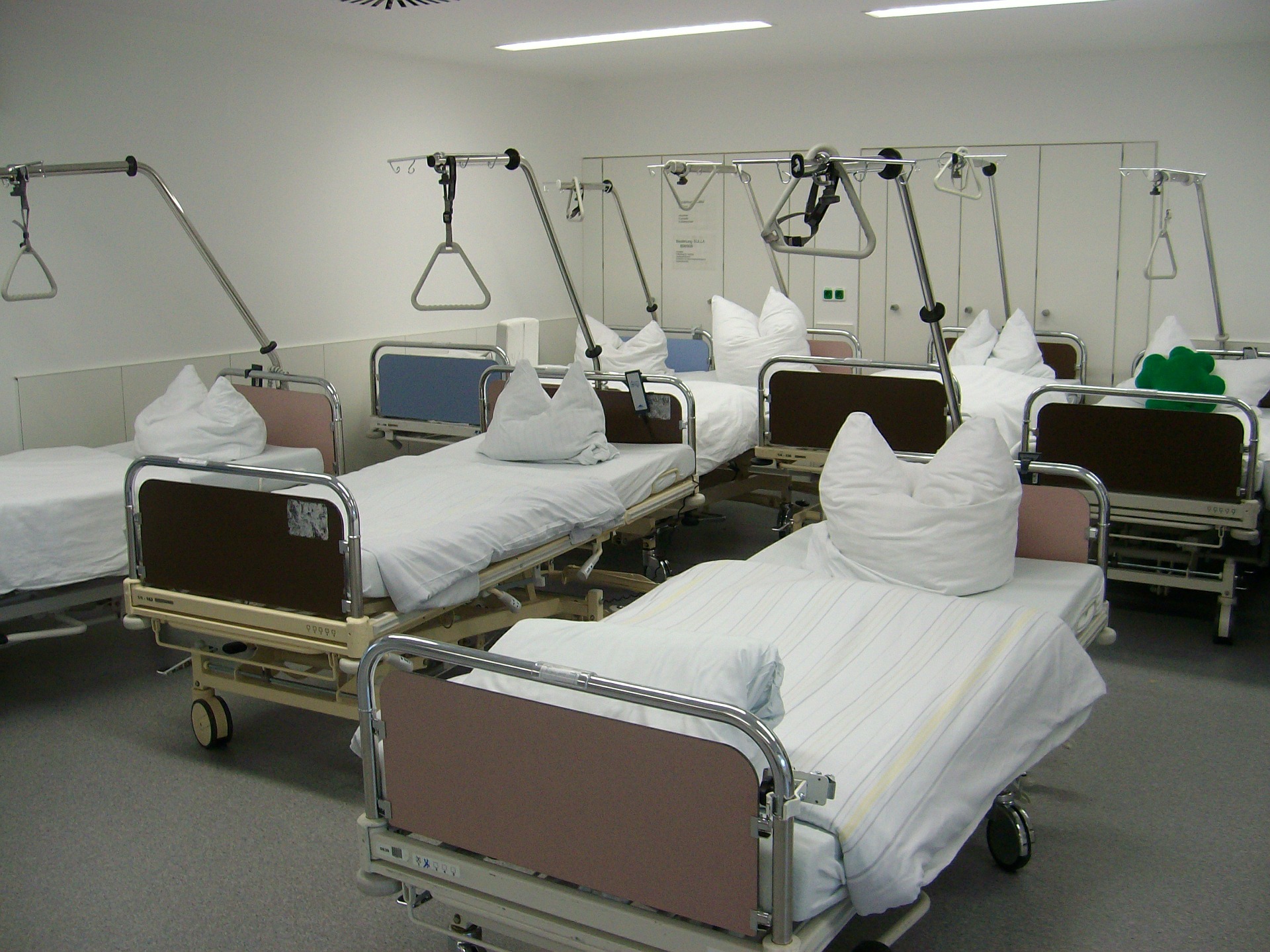Patients fill hospitals in more places as new virus expands

As new battle fronts against the coronavirus opened with surprising speed around the globe, recovered patients left China’s hastily built hospitals and isolation wards, freeing up patient beds in the city where the COVID-19 illness has hit hardest. (Pixabay photo)
SEOUL, Korea, Republic Of — South Korea’s viral outbreak surged and millions of children in Japan stayed home from school Monday as officials wrestled with the epidemic in more than 60 countries, including the United States, where two people have died.
As new battle fronts against the coronavirus opened with surprising speed around the globe, recovered patients left China’s hastily built hospitals and isolation wards, freeing up patient beds in the city where the COVID-19 illness has hit hardest.
China, where the epidemic began in December, reported a mere 202 new cases over the previous 24 hours, with another 42 deaths. That brings the country’s total number of cases to 80,026 with 2,912 deaths recorded in all. The city of Wuhan accounted for most of the new cases, but also saw 2,570 patients released.
Monday’s increase was China’s lowest since Jan. 21. China still has about three-fourths of the world’s nearly 89,000 cases worldwide, but outbreaks were surging in other countries with South Korea, Italy and Iran seeing sharp increases.
The United States counted 80 cases as of Sunday and two deaths, both men with existing health problems who had been hospitalized in Washington state. The U.S. total includes evacuees from a virus-stricken cruise ship and from Wuhan, but new cases among California health workers, in New York, Rhode Island and Washington raised concerns on both U.S. coasts.
The second U.S. fatality was a man in his 70s from a nursing facility near Seattle where dozens of sick people were tested for the virus, Washington state health officials said. Researchers said earlier the virus may have been circulating for weeks undetected in Washington state.
Indonesia confirmed its first cases Monday, in two people who contracted the illness from a foreign traveller.
The surging outbreak in South Korea’s fourth-largest city has overwhelmed its health system despite the national government sending assistance. The problem in Daegu has been highlighted by at least four deaths of infected elderly people who were waiting to be hospitalized.
Kim Gang-lip, South Korea’s vice health minister, said hospitals’ capacities from now on will be reserved for patients with serious symptoms or preexisting medical conditions, while mild cases will be isolated at designated facilities outside hospitals.
“Considering our limited medical resources, it will be crucial to make quick assessments of patients’ conditions and provide quick, professional and active treatment to those with serious symptoms, and minimize fatalities,” Kim said. “If we continue to hospitalize mild patients amid the continued surge in infections, we would be risking overworking medical professionals and putting them at greater risk of infections.”
South Korea on Monday had 476 new cases for a total of 4,212. Twenty-two people have died.
A sense of burgeoning crisis around the globe has sent financial markets plummeting, emptied major streets and tourist attractions and forced millions of people to adjust their daily lives.
In Japan, many schools began following through on Prime Minister Shinzo Abe’s plan to close them for more than a month through the end of the Japanese academic year.
While the virus has caused serious illness mainly for the elderly and those with existing health problems, most have had mild illness and some infected apparently show no symptoms at all.
But attempts to contain the spread of the virus have been far-reaching.
The Louvre Museum was closed after France curbed large gatherings, and the U.S. issued an advisory against travel to the region of northern Italy where its outbreak is concentrated. The outbreaks and rising travel concern could deal a heavy blow to those countries’ tourism industries. Spring, especially Easter, is a hugely popular time for schoolchildren to visit France and Italy.





















